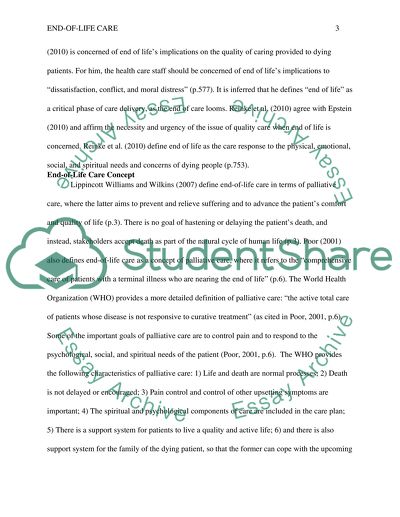Cite this document
(“Midterm Paper about Concept for Nursing Theories course Term”, n.d.)
Retrieved from https://studentshare.org/environmental-studies/1424676-midterm-paper-about-concept-for-nursing-theories
Retrieved from https://studentshare.org/environmental-studies/1424676-midterm-paper-about-concept-for-nursing-theories
(Midterm Paper about Concept for Nursing Theories Course Term)
https://studentshare.org/environmental-studies/1424676-midterm-paper-about-concept-for-nursing-theories.
https://studentshare.org/environmental-studies/1424676-midterm-paper-about-concept-for-nursing-theories.
“Midterm Paper about Concept for Nursing Theories Course Term”, n.d. https://studentshare.org/environmental-studies/1424676-midterm-paper-about-concept-for-nursing-theories.


